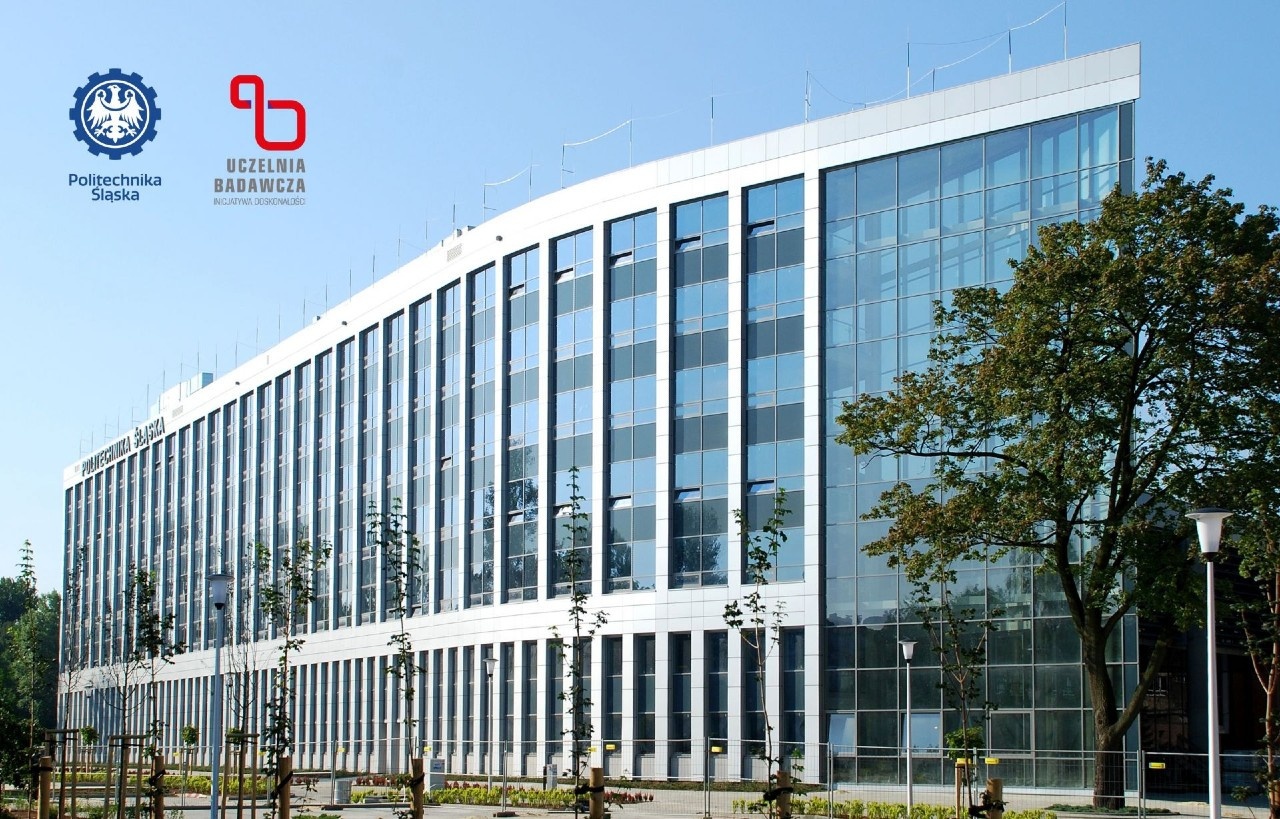The SEFI Early Career Researchers’ Club is a 9-month initiative designed to support and connect…
Ben Pauli, Kettering University, USA

For those of us who are not engineers, it is easy to forget just how much of life depends upon competent and principled engineering. We go about our daily affairs within an engineered environment, but the minds and hands that have shaped it are largely invisible to us. We may not even give much thought to the environment itself: the roads we drive on, the pipes that bring us our water—until, that is, they fail us in some way. In these moments, we may sense that some larger failure is to blame, a failure of the people, the institutions, the ideas that gave us the roads and the pipes in the first place. We may find ourselves coming face-to-face with the world of engineering for the first time through this experience of failure.
This was the case for many residents of Flint, Michigan, USA, where improperly-treated river water was pumped into the city’s water system beginning in April 2014, leading to corrosion, bacterial growth, and public health problems ranging from lead poisoning to rashes to Legionnaires’ disease. A majority African-American city with over 40% of its population living under the poverty line, Flint was used to being let down. During its 50-year slide from prosperous auto manufacturing town into archetype of the American Rust Belt, Flint was failed repeatedly: by politicians, by corporations, by foundations. Engineers were seemingly the least of residents’ worries. And yet it was engineers who botched the water treatment after the switchover to the Flint River, who threw out evidence of serious contamination, who, when faced with public outcry, met residents’ concerns with “demeaning and pompous” dismissals. For the uninitiated, this was a rude introduction to the world of engineering, indeed.
There were also, however, promising glimpses of other currents within that world. In the summer of 2015, a water sampling collaboration between Flint activists and an engineering team from Virginia Tech volunteering its time, resources, and expertise exposed citywide lead contamination and helped trigger a major mobilization of money, emergency relief, and technical support by local, state, and federal government. One could say, perhaps, that a certain style of engineering had “succeeded” where another had failed. Indeed, the triumphant engineers themselves did say this, in so many words: according to their narrative, while other engineers had covered the water problem up or kept their distance from it, their team had been dogged and fearless in putting science in the service of the public good, working hand-in-hand with community members. The Virginia Tech story was, in this telling, more than your average success story: it was supposed to chart a path to redemption for the engineering profession as a whole, under the banner of “public-inspired science.”
There was a flaw in this story, however. It hinged on the existence of a satisfied and grateful “public” that would testify in perpetuity, and in the same glowing terms, to the success of the effort. What I found in my research, however, is that while Flint residents appreciated the help they received in 2015, they and their engineer helpers simply did not share the same understanding of success. Within the response to the crisis, residents continued to see failure: failure to involve residents meaningfully in decision-making, failure to compensate them adequately for the harms inflicted, failure to take their lingering concerns about water quality seriously enough. This was an inconvenient fact for those who had built up a narrative—and their own reputations—around the idea that Flint was a shining success story. It led to controversy and conflict between water activists and their erstwhile allies, to cries for help, to a multi-million-dollar lawsuit.
At the very least, the affair might lead us to ask whose definition of success within “public-inspired” engineering interventions ought to matter most when opinions diverge. The engineering establishment has, it seems, tendered its answer, lavishing the engineers in question with awards right through the thick of the controversy. It offered nary a sympathetic ear, much less assistance, to residents who felt marginalized, disrespected, and silenced, despite being directly petitioned, in an eerie echo of the very attitudes and behaviors that generated the water crisis in the first place. One wonders how redeeming “public-inspired” engineering can ever be if it takes the response to Flint as its starting point or model.
Perhaps what is needed within engineering—in addition, no doubt, to more humility, more listening, more responsiveness to popular concerns—is a radical rethinking of “success” itself. When engineers go into communities seeking “success,” seeking tidy resolutions to complex, messy problems, expecting validation and appreciation and praise when they think they’ve done good work, the stage is, ironically, set for a particularly profound form of failure. Those of us intimately involved in community work know that we fail all the time, that our failures will inevitably outnumber our successes, that our work is never done. Success under these circumstances (if “success” is the right word) is less of an end point and more of an orientation, a commitment to accompany the community through its trials and tribulations, to do what we can to address some of its issues along the way, while knowing that we will never do enough. Were community-oriented engineers to adopt this attitude, they would not avoid failure, but they may be able to mitigate it. And most importantly: they may become less prone to inflicting the additional harms that can result from efforts to maintain at all costs an image of competence, control, and authority—in short, an image of “success”—when the water turns brown, when the “public” becomes concerned and critical, when what is most needed is for engineers to admit their failures, to take responsibility for them, and to seek to make things right.
*
Read more about the Flint Water crisis and the response and action it garnered in Benjamin J. Pauli’s book Flint Fights Back: Environmental Justice and Democracy in the Flint Water Crisis (The MIT Press, 2019). The book was made available open access by MIT, and can be downloaded here


